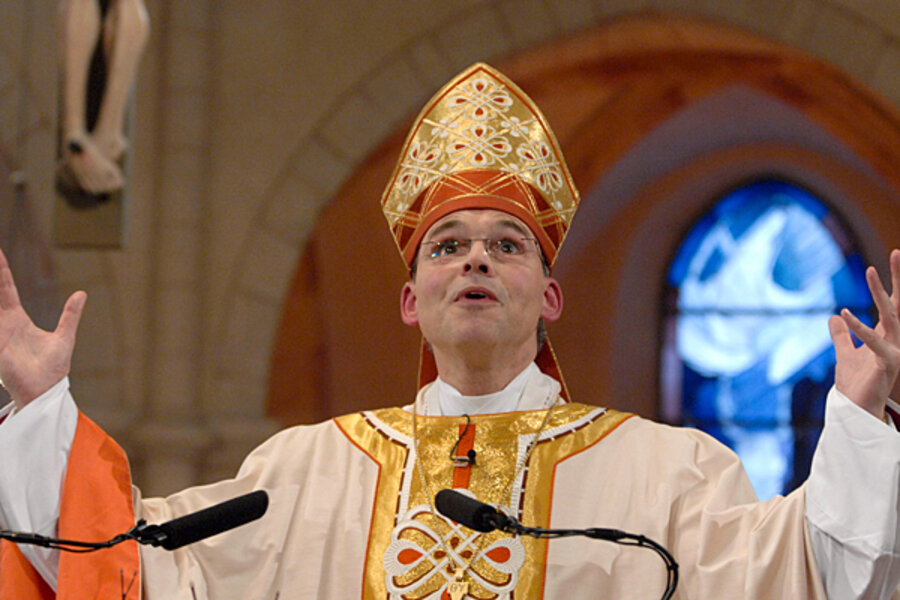Germany's constitution protects religious institutions from state oversight, stipulating that they "shall regulate and administer their affairs independently within the limits of the law that applies to all." This freedom and opacity has lead to many scandals over the years, none of which, however, have resulted in a bishop's suspension until now.
In 2010 Der Speigel investigated why church funds were protected from the government austerity measures that had slashed social programs, and found the money nearly impossible to track:
"The assets, accumulated over the centuries, are invested in real estate, banks, academies, breweries, vineyards, media companies and hospitals. The church also derives income from stock holdings, foundations and bequests. The revenue money flows into a budget that only a bishop and his closest associates are familiar... (and) which tax authorities are not required to review."
Of Germany's 27 dioceses, 25 refused to disclose their finances to Der Spiegel. Since the news of Bishop Franz-Peter Tebartz-van Elst's suspension broke, however, Frankfurter Allgemeine reported that about half of those dioceses have decided to make their assets public. "The Archbishop has always made it clear that the church is there for the people and responsible with its financial resources, which must be dealt with humbly and transparently," the Archdiocese of Hamburg said in a statement.






